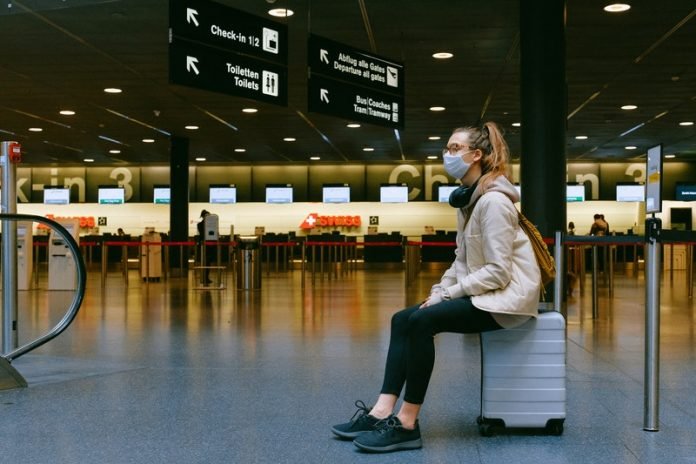
In a new study from the University of Florida and elsewhere, researchers found local COVID-19 transmission was underway in California, New York, Florida and Texas well before the first reported U.S. case in Washington state on Jan. 20, 2020.
They found the virus spread much earlier and faster in the United States and Europe than previously thought.
The authors conclude that the narrowness of the initial COVID-19 testing criteria, along with limited surveillance and testing availability, allowed the virus to circulate undetected for weeks.
Community transmission was likely in several areas in Europe and the U.S. by December 2019 and January 2020, and by early March, only 1 to 3 in 100 infections were detected by surveillance systems.
In the study, the team tracked the first wave of COVID-19 in the U.S. and Europe.
They separated the world into 3,200 subpopulations centered around transportation hubs in 200 cities to model possible epidemic scenarios.
The method is calibrated to real-world data on factors such as airline and ground transportation traffic flows, population demographics, disease dynamics, behaviors and the timing of interventions, including lockdowns.
The scientists analyzed the spread of COVID-19 in China and concluded that travel restrictions from Wuhan may have only delayed the spread of the virus to mainland China by a few days.
Findings from the new study reinforce the limits of travel restrictions in stopping the spread of infectious diseases.
They suggest travel bans don’t work; they’re always too late. By the time a country implements a ban the disease is already spreading in that country.
This is probably currently true for the COVID-19 omicron variant of concern, which is being found in many locations outside of Southern Africa.
What does work early in an outbreak is good surveillance and rapidly putting containment measures in place.
In the case of COVID-19, for example, the illness has some distinct features, such as loss of taste and smell, and data monitoring on reported symptoms could have helped public health officials pinpoint areas of local transmission.
Next, the use of polymerase chain reaction, or PCR, tests as soon as they are available, along with non-pharmaceutical interventions, such as mask-wearing, physical distancing, potential lockdowns and isolating cases and quarantining close contacts, can dramatically decrease transmission.
If you care about COVID-19 drugs, please read studies about common diabetes drug could strongly cut COVID-19 death risk and findings of this very common drug for heart disease may reduce COVID-19 risk.
For more information about COVID-19 treatment, please see recent studies about this new drug 10 times more effective fighting COVID-19 and results showing that this drug holds promise as at-home treatment for COVID-19.
The study is published in Nature. One author of the study is Ira Longini, Ph.D.
Copyright © 2021 Knowridge Science Report. All rights reserved.



